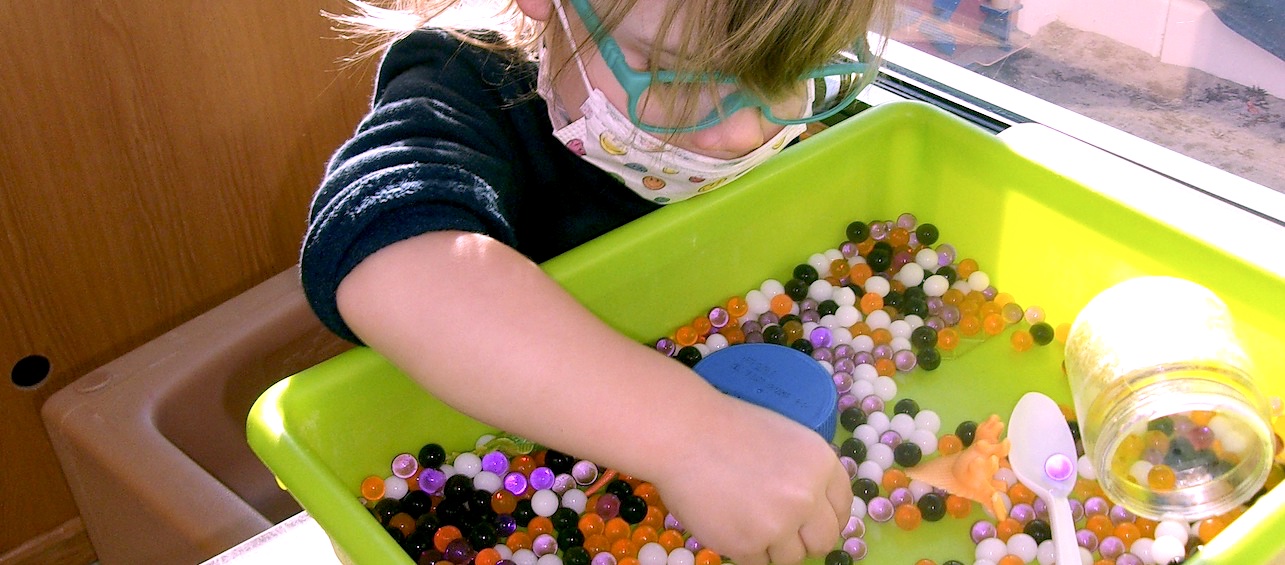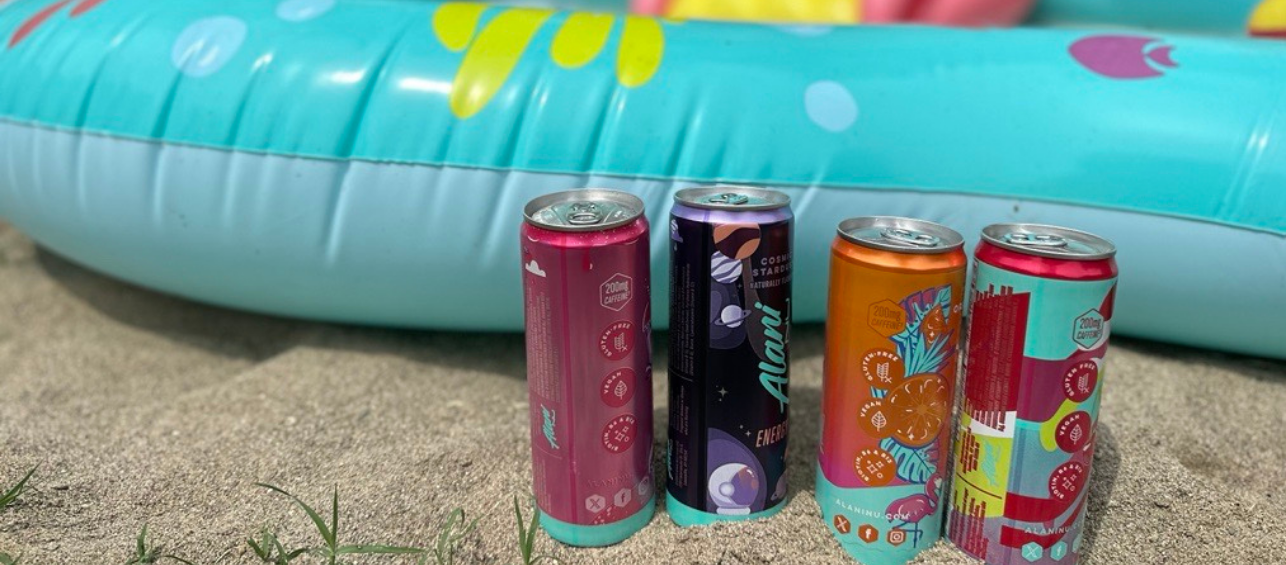If you have a child under age 10, you’re probably familiar with water beads. Your child may have come home from day care talking about them. You may even have some in your own home. But as much as your child might enjoy them, they do come with serious risks to be aware of.
What Are Water Beads?
Water beads have become a popular children’s toy in recent years. They are heavily marketed as nontoxic and environmentally safe products. Often used in vases and floral arrangements for decoration, they are also now being used in sensory development activities in daycares, schools, and homes.
These small, brightly colored, squishy balls start out as tiny beads that can look very much like candy. When placed in water, the beads grow. Keep them in water longer and they grow even bigger. In fact, they can expand up to 200 times their original size when placed in water.
What Happens if a Child Swallows a Water Bead?
Over the past year, there has been an increase in reported incidents of children swallowing water beads. This can have devastating results. If ingested, the beads rapidly absorb water from the body and continue to expand, which can cause an intestinal blockage requiring surgery.
There have also been reports of children with eardrum damage and hearing loss resulting from the water beads being placed in the ears and then expanding.
As a result, the United States Consumer Product Safety Commission (CPSC) has recalled several brands of jumbo water beads. However, other brands are still available for purchase.
In the past five years, more than half of the cases that the Cincinnati Drug and Poison Information Center (DPIC) has managed have been ingestions in children ages 1-2.
Know the Risks Related to Water Beads
It is important to be aware of the hazards of accidental water bead ingestion and to consider the potential risks before using water beads as a sensory toy. Just because they are labeled as nontoxic does not automatically mean they are safe. Ingesting even a single water bead poses several potential dangers including:
- Choking
- Airway blockage
- Intestinal blockage
- Neurological damage
Rules for Using Water Beads
If you’ll be using water beads with your young kids, set up some ground rules to help keep the whole family safe. Talk to your child’s day care or school and make sure they know these rules as well:
- Use water beads only under appropriate adult supervision.
- Allow children to play with water beads only after the beads have fully expanded per the product instructions.
- Most popular brands of water beads are recommended for kids 5 years old and older.
If you suspect your child has ingested a water bead, contact the Cincinnati Drug and Poison Information Center (DPIC) immediately at 1-800-222-1222. Our team of experts is trained to handle a variety of foreign body ingestions, and each case is handled uniquely depending on the specific situation. Call 911 immediately if your child cannot breathe, has blue lips, or is vomiting after ingesting water beads.






Thank you so much for raising awareness about the dangers of water beads. The label of “non toxic” on products is currently unregulated. It is extremely important for clinicians and parents to be aware of this fact. Water beads can be toxic to children and animals.